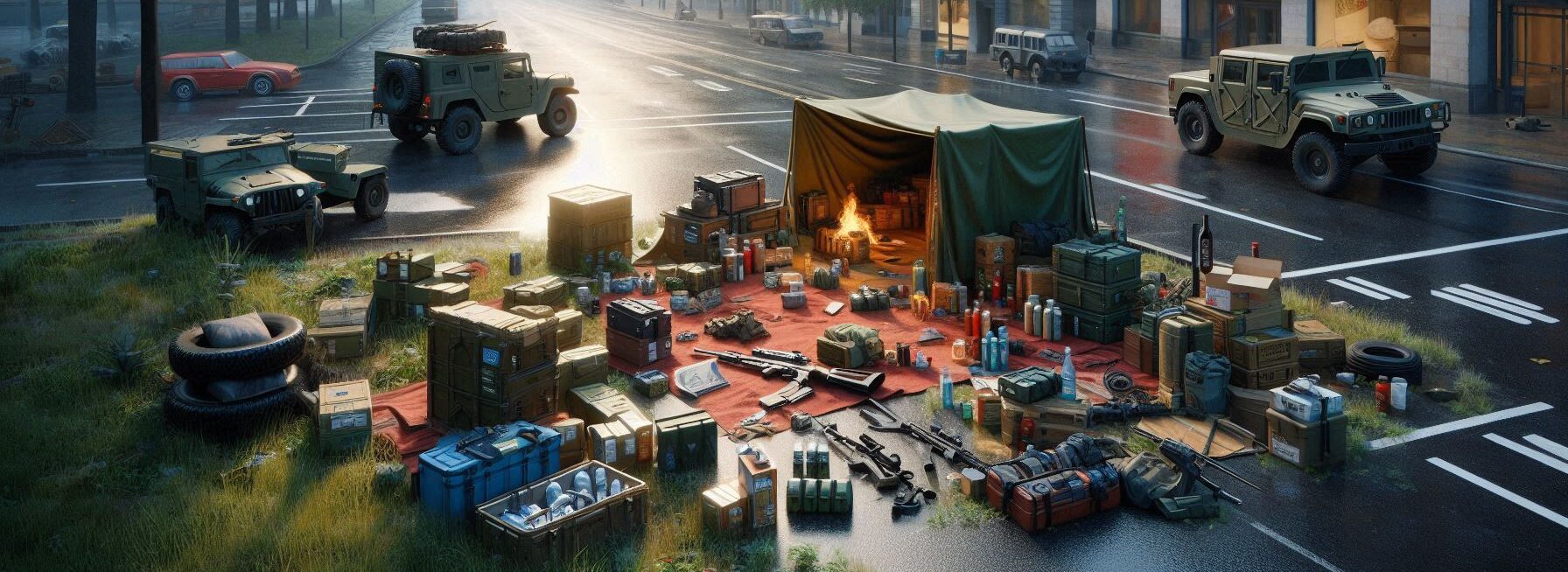Please Note: This post may contain affiliate links. If you click one of them, we may receive a commission at no extra cost to you. As an Amazon Associate, I earn from qualifying purchases.
Last Updated on November 2, 2025 by Kevin Collier
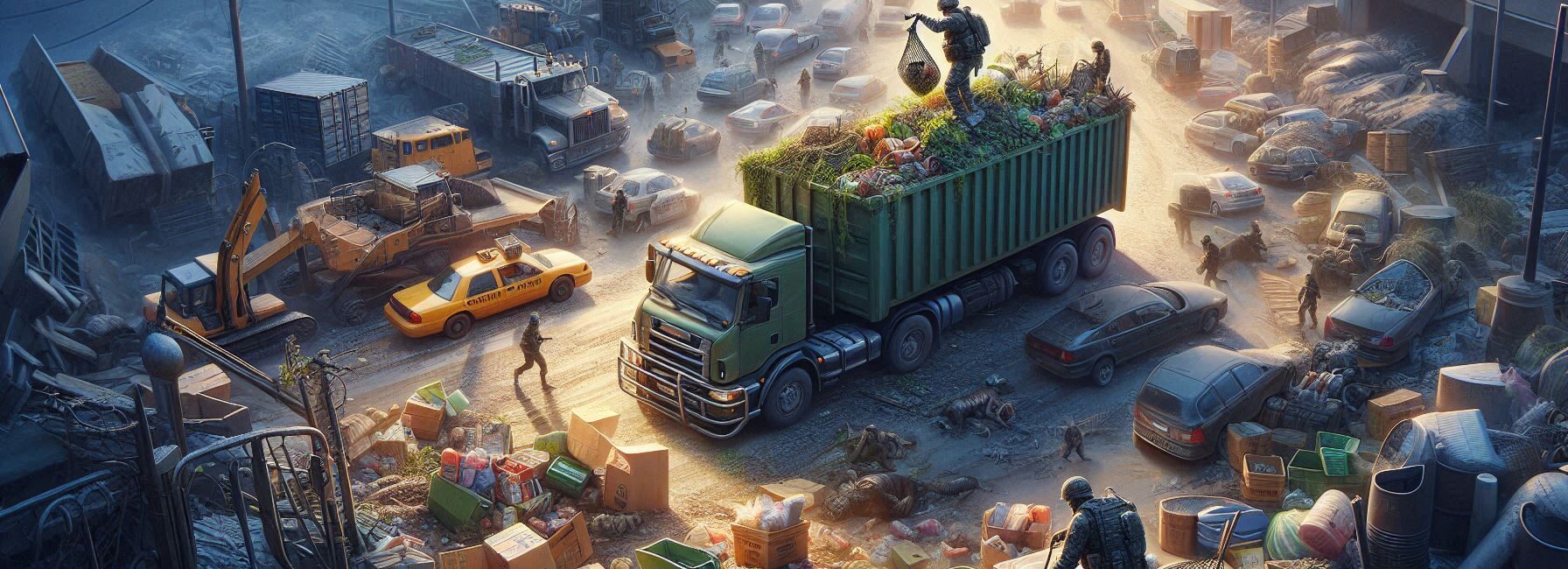
Top Takeaways and Key Concepts
- Stock up on non-perishables like canned goods, nuts, grains, and water.
- Check local farmers’ markets regularly for fresh, seasonal fruits and vegetables.
- Practice urban foraging safely using guides or apps to identify edible plants.
- Use community resources like gardens, food banks, and shared potlucks.
- Preserve food by canning or freezing to extend freshness and reduce waste.
Imagine this: everything feels crazy. Your favorite pizza place is shut down. You peek into your fridge and see that old container of leftovers. Yikes! It might’ve been pizza once, but now? Who knows?
When everything goes haywire, finding food becomes super important. It’s right there, just after making sure your Netflix is still good. I mean, we can't binge-watch on empty stomachs, right?
If you think ahead, there are simple ways to keep munching along. First, check out local farmers' markets. Fresh fruits and veggies are often just a short walk away, and they make your meals so much tastier. It’s like a mini adventure every week!
Stocking up on non-perishables helps too. Canned beans? Perfect. Pasta? Yes, please. Don’t forget snacks! Peanut butter is a lifesaver. You can spread it on anything. Even a spoon works in a pinch.
Finding food in serious times can feel overwhelming. It’s okay to feel a bit stressed. Just remember that you’re not alone. Everyone’s figuring it out together. Plan with friends or family. Share supplies. Those backyard BBQs can turn into team food prep sessions. You’ll chat, laugh, and stock up at the same time.
When you don't have enough supplies, being creative can really help. You don't have to eat old-tasting leftovers. Put them all together to make a new dish. Put that old pizza in a frittata. You can think of it as a change. It can be entertaining, though.
And hey, learn some simple ways to keep things fresh. When you can or freeze food, it's like taking your meals back in time. You can still appreciate your favorites when things get tough.
Don't let the turmoil get you down! If you plan ahead and use your imagination, your stomach won't be growling. You can do this! Not just old leftovers, but surprises should fill that fridge!
Contents of This Page
*** Shop for Survival Gear - Tools - Kits ***
Survival Gear - Bags and Backpacks - Knives - Boots/Footwear - Communication
Outdoor Cooking - Gloves - Hydration - Dry Boxes - Water Filtration Systems
Tents - Sleeping Bags - First Aid Kits - Multi-Tools - Flashlights - Fire Starters
Navigation - Survival Food - Night Vision - Headlamps - Stun Guns - Binoculars
Stockpiling: The Ultimate Pantry Challenge
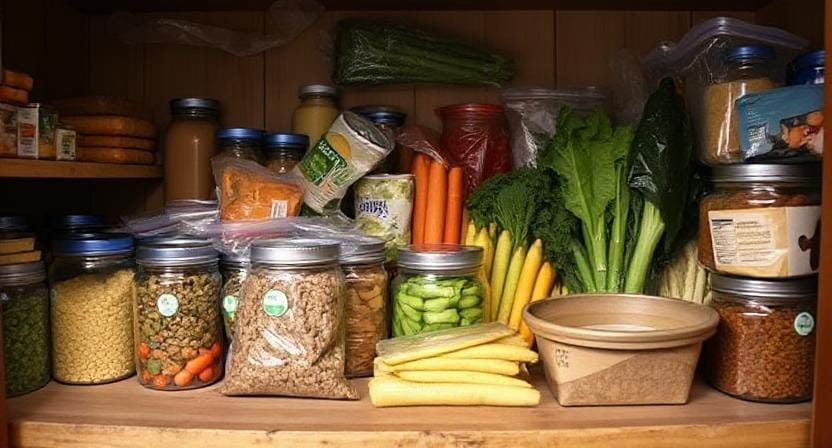
First things first, let's speak about storing things. It sounds like a fancy word for hoarding, but I promise you, there's a method to the madness! Picture this: you walk into your kitchen and see shelves full of jars of peanut butter, canned beans, and enough instant ramen to feed a small army (or just you for the next year).
First, take stock of what you already have. You might be amazed at how many cans of soup are hiding in the back of your pantry like old pals who never call. After you've made a list of what you need, go to your local grocery stores or farmers' markets before they turn into war zones over the last bag of rice.
When you're stocking up, look for things that won't go bad over time, or at least until you have to go shopping again because you're scared. Canned foods, dried fruits, nuts, and grains are all wonderful choices. And don't forget about water! You can only live on canned beans for so long before you start to wonder if you made the right decisions in life.
Foraging: Tapping into Your Inner City Hunter -Collect
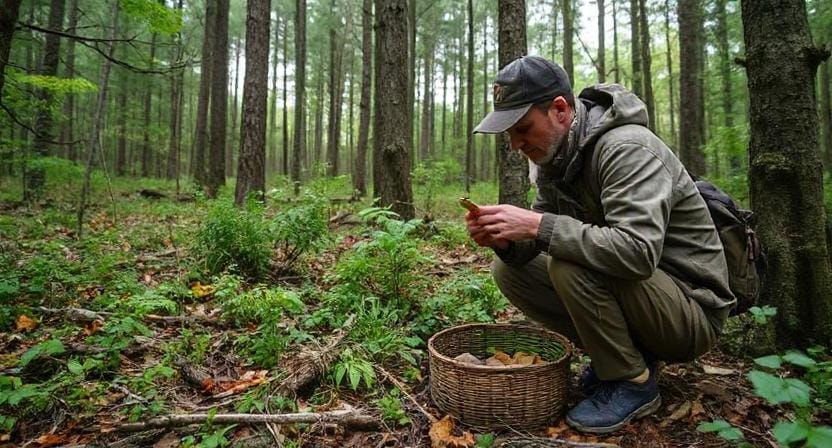
If you're feeling brave (and maybe a little hungry), you might want to try foraging! Before you start digging through trash cans for half-eaten burritos, let's look at what nature has to offer instead.
It's interesting that cities often hide edible plants in plain sight. For example, dandelions and wild garlic can grow in gaps in pavements. Just think about how cool it would be to tell your friends how you lived on city weeds while they were fighting over bottled water!
But be careful what you choose; not all plants are nice! A decent field guide or smartphone app can help you figure out which greens taste pleasant and which ones will make you sick.
And speaking of that, if you're not ready to become your inner Bear Grylls yet, you might want to think about joining local groups or programs that focus on urban foraging. It's like a scavenger hunt, but with food!
Community Resources: Working Together Makes The Dream Come True
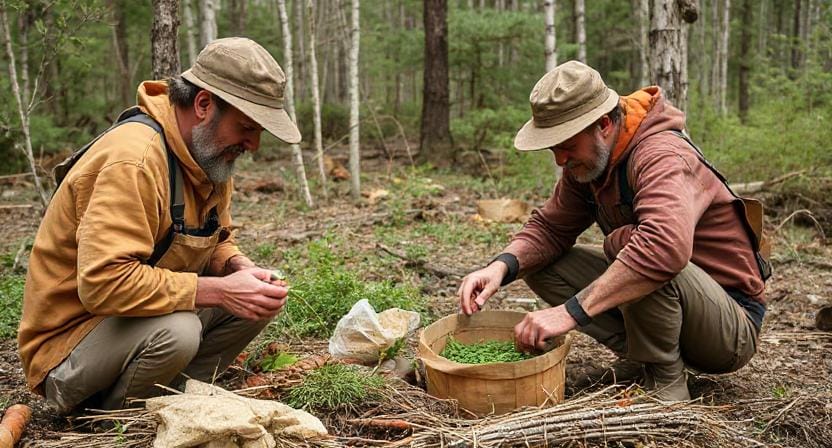
Using resources from the community is another good technique. When something bad happens, people frequently come together like superheroes to form an odd alliance (without capes). When supplies run low, community gardens and local food banks can be lifesavers.
Don't be afraid to ask your neighbors or friends for help. Everyone wins when resources are shared! Maybe someone has a lot of extra flour and someone another has planted tomatoes they can offer. Just make sure no one tries to trade their pet for money.
You might also plan neighborhood potlucks where everyone brings food, even if it's just that strange casserole that no one likes to confess they made. Not only does it build community, but it also makes sure that everyone eats well when times are tight.
Gardening: Make Your Own Survival Kit
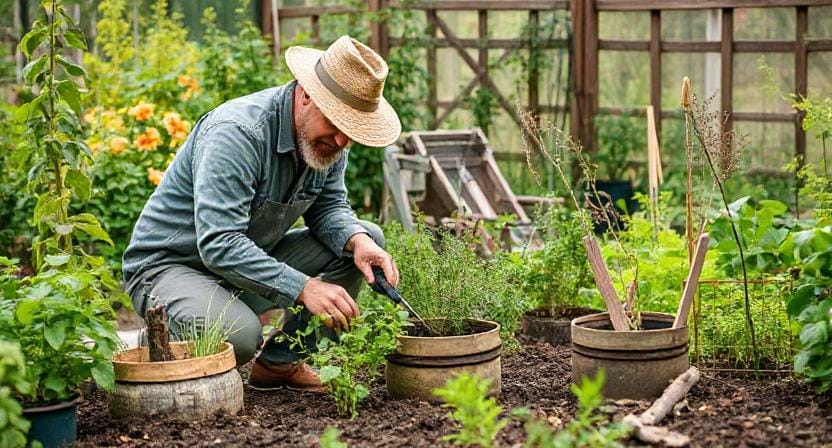
Now, let me tell you about gardening. It's not just for older people who want to get their hands dirty! Why not make mini-gardens out of a little piece of ground or some pots on your balcony? At first, growing your own food might seem hard (after all, I once killed a cactus), but it can be really satisfying and excellent!
Start with lettuce or herbs, which are easy to grow and don't mind bad care (believe me!). Plus, there's nothing like going outside and picking fresh basil right before you put it on pasta. That's a real chef moment!
To be fair, gardening takes time and effort, just like waiting for doughnuts at a bakery to open. But once you get the hang of it, it pays off big time when the grocery store shelves are empty.
How to Can and Freeze Food to Keep It Fresh
When calamity strikes, knowing how to preserve food is really important! You may enjoy summer's abundance all winter long without feeling bad about raiding that emergency stash we talked about earlier if you learn how to can fruits and vegetables.
At first, canning may sound terrifying (those pressure cookers look scary!), but there are a lot of beginner-friendly tools online and in local workshops that can help you feel more confident faster than I can put together IKEA furniture!
If you feel more comfortable with Ziploc bags than glass jars, freezing is another option to think about. Just wash the fruits and vegetables well before freezing them flat. This way, they won't clump together like socks that have been lost in the dryer!
Frequently Asked Questions
What foods should be prioritized when stocking up for an urban disaster?
Non-perishables like canned beans, nuts, grains, and shelf-stable snacks are reliable and store well without refrigeration.
Is urban foraging safe?
Yes, but only when using trusted guides or apps to identify edible plants and avoid toxic look-alikes.
Can farmers’ markets still be useful during a crisis?
Many markets continue operating when grocery shelves are empty, offering seasonal produce and local food access.
How can communities help each other acquire food?
Community gardens, food banks, group potlucks, and supply sharing can support households when stores struggle to restock.
Can you preserve food to extend availability?
Canning and freezing extend freshness and create backup supplies when food access becomes unpredictable.
Should people save leftovers creatively?
Repurposing leftovers into new meals helps reduce waste and stretches limited food resources during shortages.
Is it smart to grow food in small urban spaces?
Yes, container gardening and balcony plant setups can provide herbs, greens, and small crops even in compact areas.
Suggested External Resources:
Emergency Food Storage Tips
https://www.ready.gov/food-storage-tips
Urban Foraging Guide
https://www.foragingguide.com
Community Gardens Near You
https://communitygarden.org/find-a-garden/

Kevin Collier is a seasoned survivalist and expert in prepping and homesteading, contributing to WiseSurvive.com. With a deep-rooted passion for self-sufficiency and outdoor survival skills, Kevin shares practical advice, strategies, and resources to help individuals prepare for any challenge. His informative articles cover a range of topics, from essential survival techniques to sustainable living practices, empowering readers to thrive in any situation. Whether you're a novice or a seasoned prepper, Kevin's insights will inspire you to take charge of your readiness and build resilience for the future.


